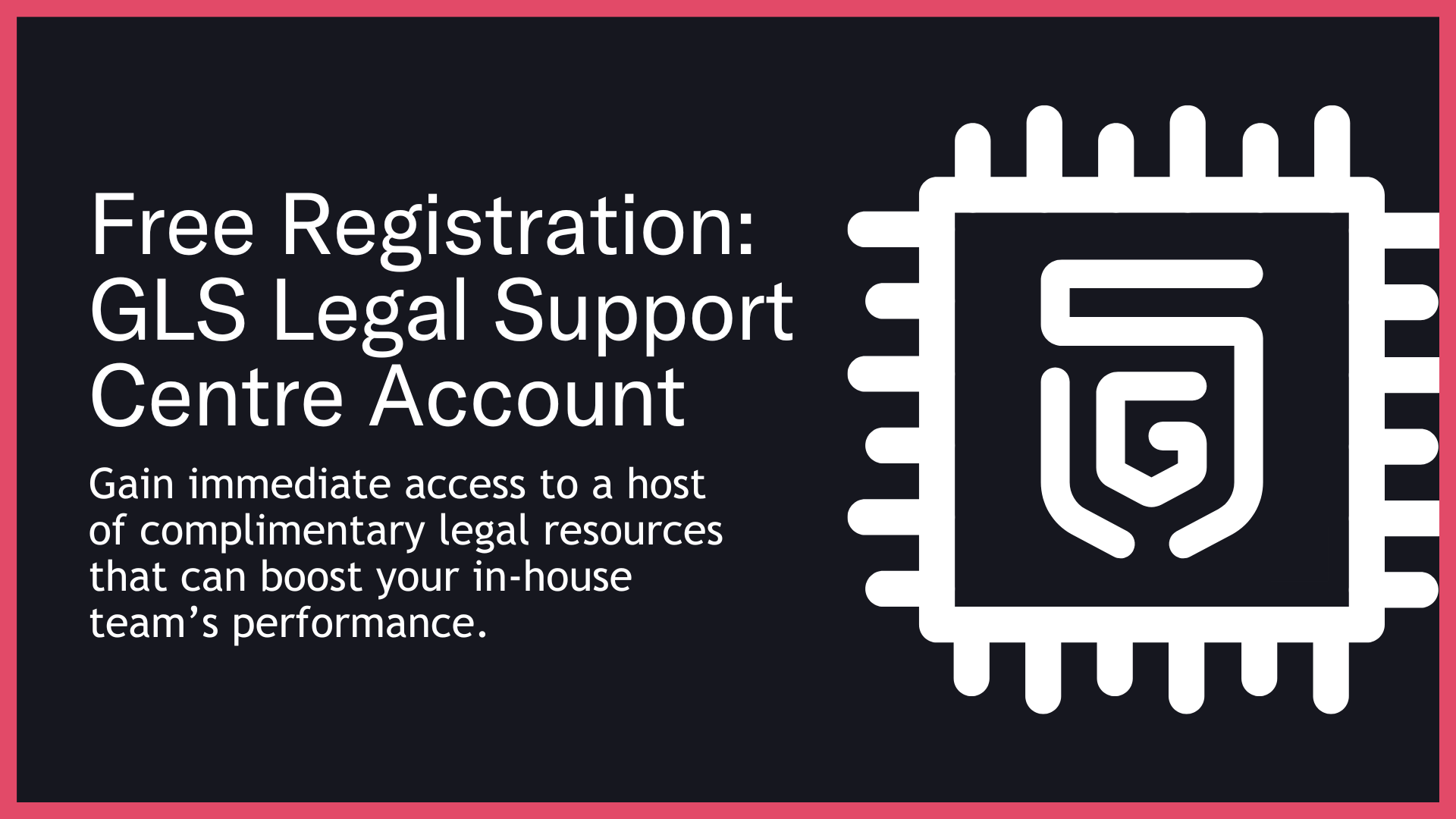Developing your Product / Offering
• 17 Feb 22

Achieving success in the world of innovation can be an intimidating prospect, but developing a reliable plan of action can help to ensure a productive and dynamic experience. This article will take a look at how you can transform your unique idea into a marketable product, what it takes to get there and the potential pitfalls you may face as a product or service entrepreneur in the Startup phase of your business.
Research your idea
The baseline of developing any great idea begins with thoroughly conducted research aimed at helping you better understand the strengths and weaknesses of a particular business model. The goal here is to gather relevant information, evidence and data to facilitate a successful journey from inception to launch, and to help you avoid wasting valuable time, money and resources. The framework for well-conducted and efficient research can be broken down into these steps:
Do a thorough business analysis
Simply defined, business analysis is an initial phase of new product development that investigates the feasibility of the business and whether it has potential for success. When done correctly, the business analysis will provide insight and help to predict any possible problems. As a result, the most fitting solutions can be identified and put into action beforehand, reducing additional time spent on issues in the future and helping your business to actively achieve its goals.
Define or describe your idea
Being clear-cut and precise will be a crucial tool in setting up a roadmap for your business. Once you have defined the problem you are solving with your product, stay focused on how to best achieve the intended results and avoid veering off into too many directions. Trimming any excess will help you to evaluate the limitations of what your business has to offer and make it possible to perfect the focal point of your idea. Researching consumer needs, prioritising specific features and testing theories will help you hone in on the particular capabilities of your new product.
Identify your market
Targeting the right audience is critical when taking a new product to market. Without this knowledge, you run the risk of missing the mark when the language and marketing tools you make use of does not appeal to your intended audience. This is why clearly defining your target market will inform the way you communicate. If your product is similar to another one on the market, it would be helpful to tailor your message around what makes your product unique and how it measures up to your competition. When you understand your customer, you are able to speak directly to their needs.
Think about which outlets they use to gather information on their purchases, what kind of language they respond to positively, and the level of demand there is for your line of product. Brainstorming, researching and network building will be highly beneficial to uncover more information about the broader market, which will help you formulate new and inventive ways of drawing attention from your ideal consumer.
Build your prototype
A preliminary version or ‘prototype’ is used to evaluate the functionality and performance of your product or service. This stage of the process allows for maximum creativity and further innovation as you begin to see what works, what doesn’t and how to fix the issues.
Working prototype
Whether it’s made from household tools or specialised equipment, a working prototype will act as the ‘test subject’ for your project. Creating a tangible model will aid in putting all the previous steps into action as you place your product under rigorous testing. It is important to have a working prototype (essentially the first version of your completed product) as opposed to a visual or digital representation.
This is to ensure that you can easily identify any defects and go through a refining process. In fact, working prototypes are known to fail when undergoing initial testing, allowing designers to go back to the drawing board during the preliminary phase. Depending on budget, design and accessible resources, developing a working prototype may take a long time, but can be the most exciting and creative part of the process before moving on to produce mass quantity.
Test test test!
Don’t limit the testing process! You need to be sure that your product can withstand various measures of testing and most importantly, if your design holds up to other products available on the market. Allow a select group of individuals with different lifestyles to test the product, put it under the most extreme conditions possible for a product of its kind and pay close attention to the results. Is it strong? Faulty? Does it need reinforcing? The testing phase should last as long as it takes to become perfect.
Listen to your users
Consider the feedback you receive from users as your most valuable source of information. These are the people who will tell you how well the product works (or not), what could use tweaking and perhaps influence ideas for future innovations. Having complete insight as to how your customers view your product and company is invaluable, so make it easy for them to share their thoughts and reviews on all available portals, especially your website and social media pages.
Marketing strategy and plan
A solid marketing strategy provides your business with a great advantage once your product hits the market. By putting a strategy in place, you will have a clear idea as to how, when and where your product will be advertised, how to make optimal use of your resources while ensuring your branding continues to drive the sales point home. Sales and marketing strategists are skilled at drawing up an outline suited to your specifications.
Launching your product
Timing is the number one factor to consider when deciding on a launch date for your Startup. A big percentage of businesses fail due to ill-timing. Create a product launch outline that includes pre-launch presentations, media and promotional strategies, social media campaigns and a launch-day strategy. Be sure to build sufficient excitement and anticipation leading up to the big day.
Review your product
Once you’ve brought your idea to life and your product has successfully made it to the market phase, it’s time to start thinking ahead. Continue doing the necessary research to stay ahead of the curve and remember that your invention could be considered ‘old news’ within a year. Stay objective; keep reviewing the product you’ve created and work to implement the necessary strategic changes to remain a strong competitor.
Protect your idea
Once your product has been developed, launched and well-received, it is advisable to obtain the most suitable intellectual property to protect your idea. There are a number of ways to do this; including protection of copyrights, circuit layout rights, confidential information and trade secrets as well as formally registering your intellectual property to protect yourself against experiencing intellectual theft.
What is bringing your product to market?
Remember, bringing a product to market is a series of steps taken in order to take an idea and transform it into something marketable and sellable. As mentioned before, each step of the process involves critical and fundamental aspects of making a successful product. Research, networking, seeking viable investors, testing and building strategies are all part of bringing a product to market.
Evaluate the cost of manufacturing
Manufacturing is one of the last steps before distributing the final product and should always be thoroughly researched. Comparing the pros and cons between competing manufacturers, evaluating the total cost of producing your product and even consulting with a professional in this area will help you make the best possible decision based on your budget and materials.
Connect with other entrepreneurs/ form partnerships
Develop lasting relationships and partnerships with other entrepreneurs, Startup owners and successful businesspeople. Create a network of likeminded individuals who are willing to share ideas, offer support and introduce your business to potential investors. Connecting with and being part of such a community should be considered a long-term investment.
Be reasonable and realistic
Be patient – it won’t happen overnight. Be realistic in your calculations, budget and timeline and seek professional advice when necessary. Be as thorough as possible and stick to short-term goals in order to reach the bigger milestones. Don’t become too frustrated when you run into a problem, but use it as a learning curve.
Next steps
When it comes to legal basics, it can seem overwhelming at first. But, it doesn’t have to be. GLS offers a host of free Startup resources to help set you on your way. You can also browse our list of over 200 Legal Templates and Tools, to choose the products your Startup needs at each critical stage of business.
We also offer a wide range of subscription based Legal Support Plans created specifically for Startups who want a 360 degree service in creating their own virtual legal dept.
*The above content does not constitute, nor is it offered as, legal advice of any kind. GLS Solutions Pte Ltd is not a law firm and any support provided pursuant to this entity is not regulated legal advice or legal opinion.

